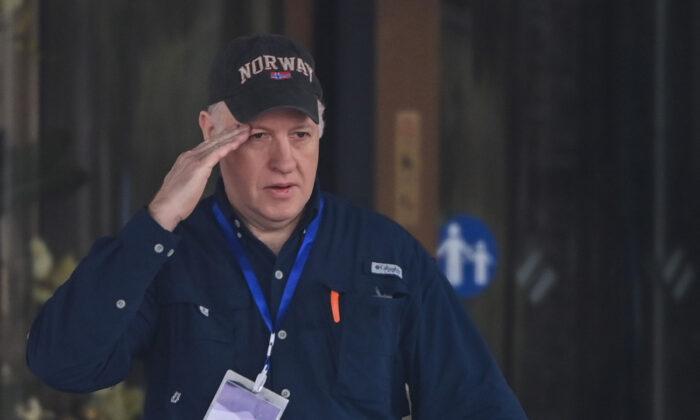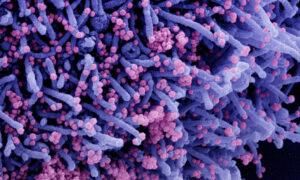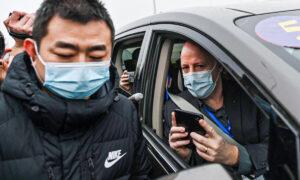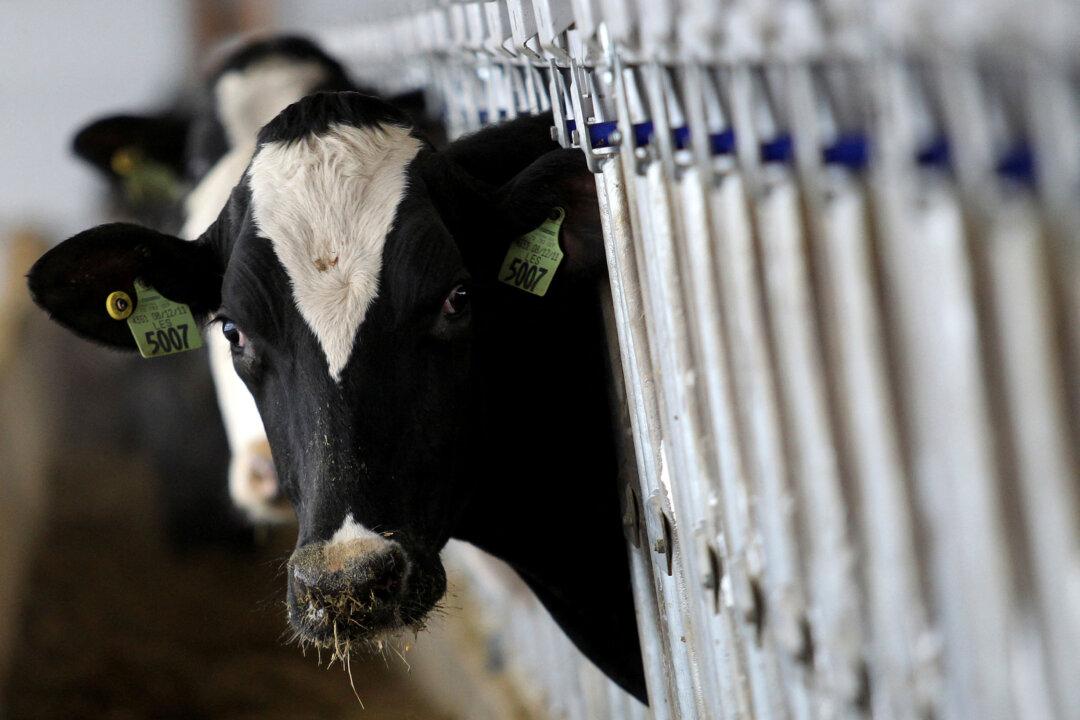Two allies of Dr. Anthony Fauci schemed to hide the involvement of China in risky research, according to newly disclosed documents.
Peter Daszak of the nonprofit EcoHealth Alliance and Ralph Baric, a scientist based in North Carolina, plotted to conceal plans from the U.S. military to carry out experiments in Wuhan, China, the documents show.
Mr. Daszak, Mr. Baric, and Chinese scientists wrote a grant proposal called Project DEFUSE that outlined ideas to take viruses from bats, reverse engineer them, and add features. They submitted the proposal to the U.S. military’s Defense Advanced Research Projects Agency (DARPA) in 2018. The proposal said some of the riskiest experiments would take place at Mr. Baric’s laboratory in Chapel Hill or another U.S. facility.
“If we win this contract, I do not propose that all of this work will necessarily be conducted by Ralph, but I do want to stress the US side of this proposal so that DARPA are comfortable with our team,” Mr. Daszak wrote in one comment. “Once we get the funds, we can then allocate who does what exact work, and I believe that a lot of these assays can be done in Wuhan as well.”
In another, he said, “I’m trying to downplay the non-US focus of this proposal so that DARPA doesn’t see this as a negative.”
Mr. Baric said separately that conducting experiments in biosafety level two laboratories in China would make them “cost-effective relative to other bat-virus systems,” which required experiments in biosafety level four labs. He noted that in the United States, the experiments would be done in biosafety level three facilities. Mr. Baric said that U.S. researchers would “likely freak out” if they knew the experiments would be done in China.
The final proposal said the work would take place under biosafety level three conditions. An earlier draft said it would be done under biosafety level two conditions.
Mr. Daszak, Mr. Baric, and DARPA did not respond to requests for comment. Dr. Fauci did not return an inquiry sent to Georgetown University, where he works after leaving the U.S. government.
The nonprofit Biosafety Now, which works to improve research safety, said that the new documents “confirm previously expressed criticisms and concerns about the work proposed in project DEFUSE, contradict the responses from participants in project DEFUSE to those criticisms and concerns, and underscore the need to ensure that this does not happen again by barring participants in project DEFUSE from receiving future U.S. federal funding.”
“These revelations are important because these specific experiments could, quite plausibly, have led to the genetic engineering and accidental release of SARS-CoV-2,” Justin Kinney, co-founder of the group, told U.S. Right to Know. “It is very concerning that Daszak and Baric appear to have considered it legitimate to move high-risk experiments from BSL-3 to BSL-2. It is also concerning that they appear to have considered doing so in secret, instead of disclosing this important change of experimental plans and biosafety precautions in their grant proposal.”
EcoHealth said in a brief statement that if DARPA had funded the proposal, “the work would have been subject to further detailed review, with requests for detailed information about important aspects of the planned work, as occurs with all federal grant proposals.”
As part of that review, there would have been consideration of “the allowability of foreign institutions to conduct specific aspects of the proposed work,” the group said.
Mr. Daszak had previously said in public that all of the work for the project was meant to take place in the United States, not China.
Jon Cohen, the reporter on the story, said that the article would not be updated at this time.
“The communication between Daszak and Baric indicates that more experiments might take place at WIV than in the proposal. It does not say which ones,” Mr. Cohen told The Epoch Times via email. “What [U.S. Right to Know] does not explain is that there were many experiments proposed in DEFUSE, and the one at issue here was a subset of several that UNC was slated to perform. Without knowing which experiments might switch to WIV, its [sic] speculation that it would be that one.”
Mr. Daszak’s comment highlighted a portion of the draft that said Mr. Baric would reverse engineer spike proteins in his lab to conduct binding assays to human ACE2, a type of human receptor. “Proteins that bind will then be inserted into SARS-CoV backbones, and inoculated into humanized mice to assess their capacity to cause SARS-like disease, and their ability to be blocked by monoclonal therapies, or vaccines against SARS-CoV,” the portion stated.
SARS is short for severe acute respiratory syndrome. The virus that causes COVID-19 is known as SARS-CoV-2.
The final proposal says that Chinese scientists will collect the bat viruses but that it would be up to the team at Mr. Baric’s lab to “reverse engineer spike proteins of a large sample of high- and low-risk viruses for further characterization.” It said Mr. Baric’s team would take spike proteins binding to ACE2, insert them into coronavirus backbones, and inoculate them into humanized mice “to assess capacity to cause SARS-like disease, efficacy of monoclonal therapies ... or vaccines.”
Linfa Wang, a Chinese national who is a professor at Duke-NUS Medical School and was also poised to work on Project DEFUSE, has also said in public that the risky experiments would be done in North Carolina. Mr. Wang did not return an inquiry.
Wuhan is the Chinese city in which the first cases of COVID-19 appeared in 2019.







